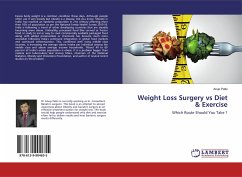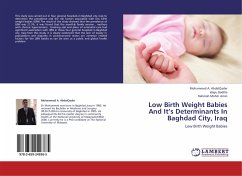This research takes a new look at why people in the United States change their body weight. The author proposes that the reason for the inability of many individuals to lose weight and keep the weight off (both initially and after weight loss) is strain, and that success with weight control is related to social variables. What researchers have previously learned about strain and weight change is presented. Then, the "Aging, Status, and Sense of Control" (ASOC) data set that was collected in 1995, 1998, and 2001 is used to examine the relationships between five forms of chronic strain (physical ailments, financial strain, job strain, marital strain, and interpersonal strain) and weight change. After that, age, race, gender, household income, years of education, social support, employment status, and marital status are examined for interaction with the perceived exposure to strain. Lastly, the hypothesis that social variables will moderate the effect of health behaviors on weight change is explored. Some of the social variables interact with the health behaviors to effect body size in ways that were not expected.
Hinweis: Dieser Artikel kann nur an eine deutsche Lieferadresse ausgeliefert werden.
Hinweis: Dieser Artikel kann nur an eine deutsche Lieferadresse ausgeliefert werden.








